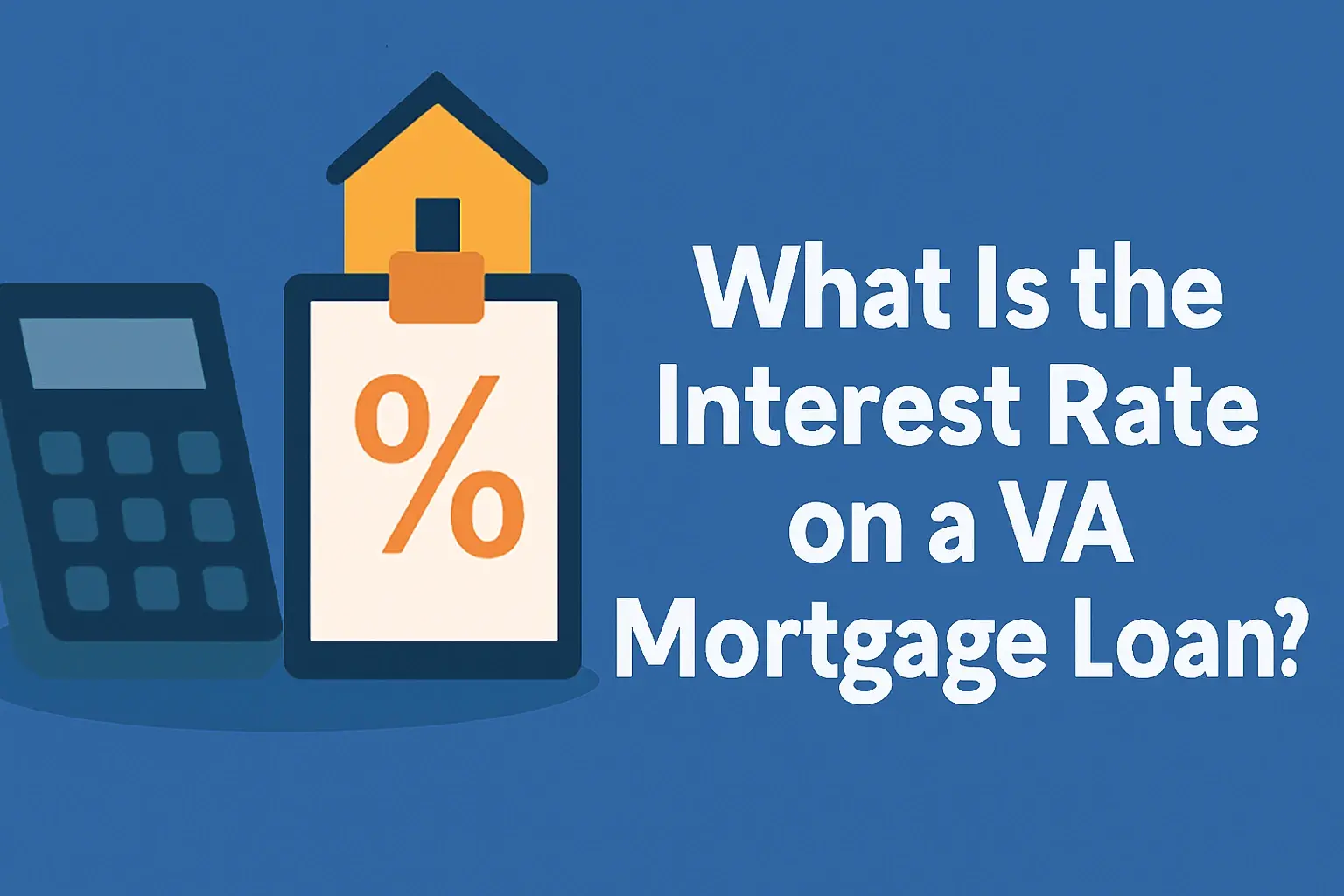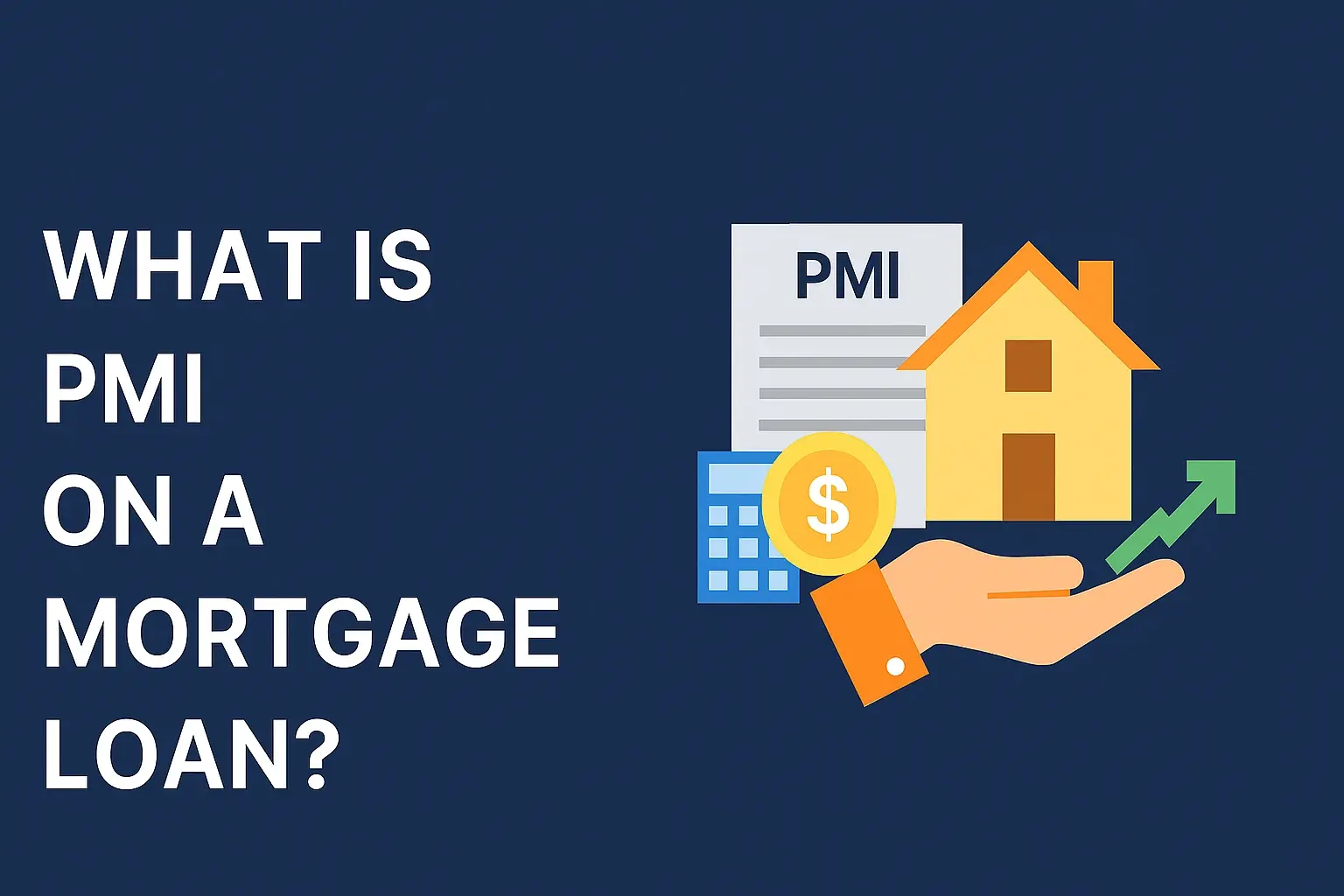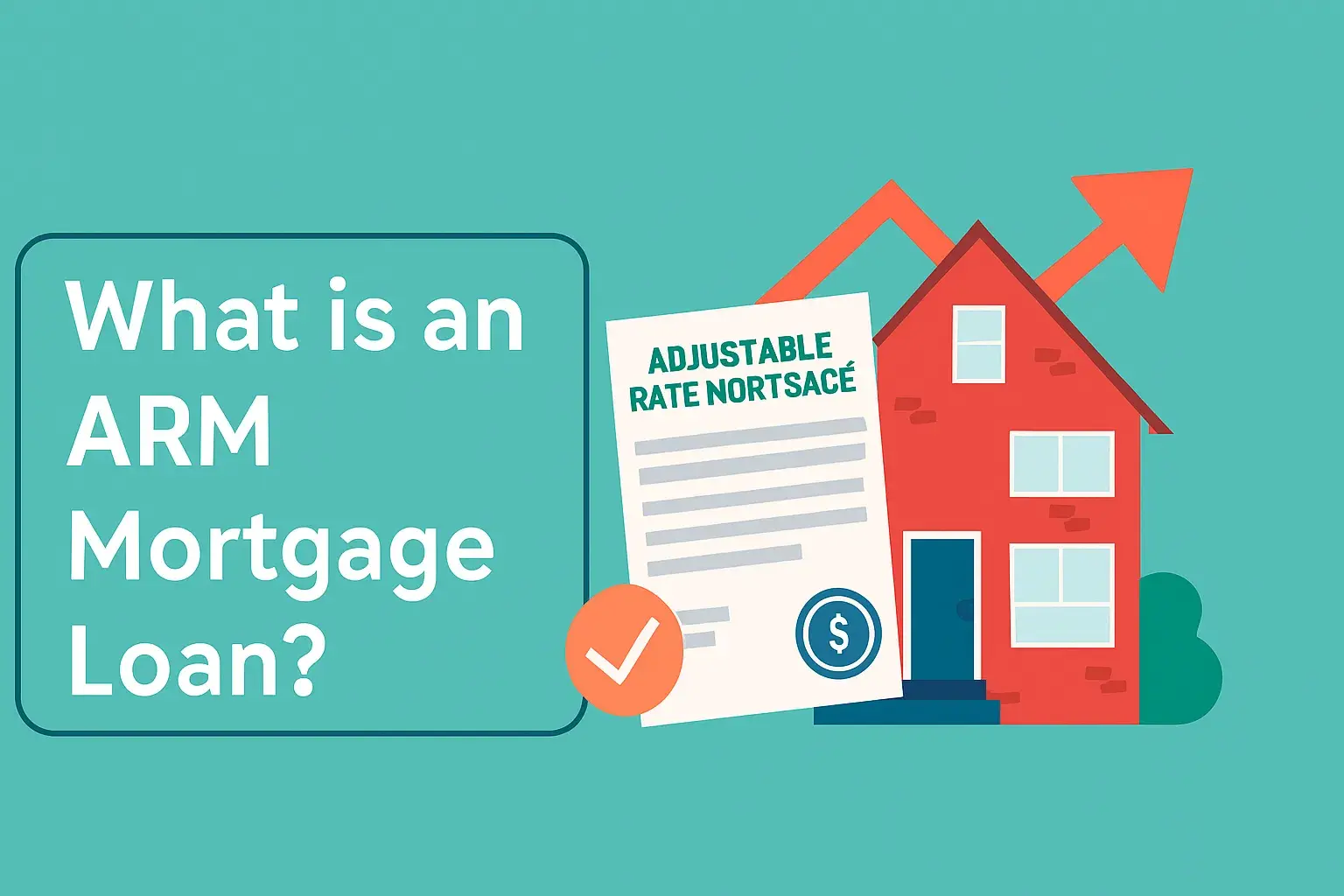-
Posted on: 23 Aug 2024

-
Owning a home can provide more than just a place to live; it can also be a valuable financial asset. One way to tap into this asset is through a home equity loan. But what exactly is a home equity loan, and how does it work? This comprehensive guide will explore everything you need to know about home equity loans, from understanding the basics to weighing the pros and cons.
Understanding Home Equity
Before diving into the details of a home equity loan, it's crucial to understand the concept of home equity itself. Home equity represents the difference between your home's current market value and the outstanding balance on your mortgage. For example, if your home is worth $400,000 and you owe $250,000 on your mortgage, your home equity is $150,000.
Equity grows over time as you pay down your mortgage and as your home's value appreciates. This equity can be a significant source of funds for various financial needs.
What is a Home Equity Loan?
A home equity loan, also known as a second mortgage, allows you to borrow money using your home's equity as collateral. It's a type of secured loan, meaning the lender has a legal claim on your home if you fail to repay the loan. Unlike a Home Equity Line of Credit (HELOC), a home equity loan provides a lump sum of money upfront, which you then repay over a fixed period with fixed interest rates.
Key Features of a Home Equity Loan:
- Lump Sum Disbursement: You receive the entire loan amount at once.
- Fixed Interest Rate: The interest rate remains the same throughout the loan term, providing predictable monthly payments.
- Fixed Repayment Term: You know exactly how long you have to repay the loan. Terms typically range from 5 to 30 years.
- Secured Loan: Your home serves as collateral.
How Does a Home Equity Loan Work?
The process of obtaining a home equity loan typically involves the following steps:
- Application: You'll need to fill out an application and provide documentation, including your income, assets, and debt.
- Appraisal: The lender will order an appraisal to determine your home's current market value. This is crucial in calculating your loan-to-value (LTV) ratio.
- Credit Check: The lender will check your credit score to assess your creditworthiness.
- Underwriting: The lender reviews your application, appraisal, and credit history to determine if you qualify for the loan.
- Approval: If approved, you'll receive a loan offer outlining the terms of the loan, including the interest rate, repayment term, and fees.
- Closing: You'll sign the loan documents and receive the lump sum.
Understanding Loan-to-Value (LTV)
LTV is a critical factor in determining your eligibility for a home equity loan. It represents the ratio of your total mortgage debt (including the new home equity loan) to your home's appraised value. Lenders typically prefer an LTV of 80% or less. For example, if your home is worth $400,000 and you owe $200,000 on your primary mortgage, the maximum home equity loan you could potentially obtain with an 80% LTV would be $120,000 ($400,000 x 0.80 - $200,000 = $120,000). However, keep in mind that lenders also consider other factors, such as your income and credit score.
Eligibility Requirements for a Home Equity Loan
To qualify for a home equity loan, you typically need to meet certain eligibility requirements, including:
- Sufficient Home Equity: You need to have enough equity in your home to borrow against. As mentioned earlier, lenders generally prefer an LTV of 80% or less.
- Good Credit Score: A good credit score demonstrates your ability to repay debt. Lenders usually look for a credit score of 620 or higher, although some may require a higher score.
- Stable Income: You need to demonstrate a stable and reliable income source to ensure you can make the monthly payments.
- Low Debt-to-Income Ratio (DTI): DTI compares your monthly debt payments to your gross monthly income. Lenders prefer a lower DTI, typically below 43%.
- Home Appraisal: A favorable home appraisal confirms the value of your home and supports the loan amount.
Uses for a Home Equity Loan
Home equity loans can be used for a variety of purposes, including:
- Home Improvements: Renovating your kitchen, bathroom, or adding an addition can increase your home's value and improve your quality of life.
- Debt Consolidation: Consolidating high-interest debt, such as credit card debt, into a home equity loan can potentially lower your monthly payments and save you money on interest.
- Education Expenses: Funding college tuition or other educational expenses.
- Medical Bills: Covering unexpected medical expenses.
- Major Purchases: Financing a large purchase, such as a car or boat.
- Starting a Business: Providing capital to start a new business venture.
Pros and Cons of a Home Equity Loan
Like any financial product, home equity loans have their advantages and disadvantages. It's essential to weigh these factors carefully before making a decision.
Pros:
- Lower Interest Rates: Home equity loans typically have lower interest rates than unsecured loans, such as credit cards, because they are secured by your home.
- Fixed Interest Rates: The fixed interest rate provides predictable monthly payments, making it easier to budget.
- Tax Deductibility (Potentially): In some cases, the interest on a home equity loan may be tax-deductible, especially if used for home improvements. Consult with a tax advisor to determine your eligibility.
- Large Loan Amounts: You can often borrow a significant amount of money, depending on your home equity.
Cons:
- Risk of Foreclosure: If you fail to repay the loan, the lender can foreclose on your home.
- Fees and Closing Costs: Home equity loans often come with fees and closing costs, such as appraisal fees, origination fees, and recording fees.
- Debt Burden: Taking on additional debt can increase your financial burden and impact your ability to save for other goals.
- Impact on Credit Score: Missed payments can negatively impact your credit score.
Home Equity Loan vs. Home Equity Line of Credit (HELOC)
It's important to distinguish between a home equity loan and a Home Equity Line of Credit (HELOC). While both allow you to borrow against your home's equity, they differ in several key aspects.
Feature Home Equity Loan Home Equity Line of Credit (HELOC) Disbursement Lump sum Line of credit that you can draw from as needed Interest Rate Fixed Typically variable Repayment Fixed monthly payments During the draw period, you typically only pay interest. After the draw period, you repay the principal and interest. Flexibility Less flexible More flexible; you only borrow what you need. A HELOC offers more flexibility, as you can draw funds as needed during a specific draw period (typically 5-10 years). However, the interest rate is usually variable, which means your monthly payments can fluctuate. A home equity loan, on the other hand, provides a fixed interest rate and fixed repayment term, making it a more predictable option.
Alternatives to a Home Equity Loan
If a home equity loan doesn't seem like the right fit, consider these alternatives:
- Personal Loan: Unsecured loan that doesn't require collateral. Interest rates are generally higher than home equity loans.
- Credit Cards: Convenient for small purchases, but interest rates can be very high.
- Cash-Out Refinance: Replace your existing mortgage with a new, larger mortgage and receive the difference in cash.
- Savings: Using your savings to fund your needs can avoid incurring debt.
- Government Assistance Programs: Explore government programs that offer financial assistance for specific needs, such as home repairs or education.
Making the Right Decision
Deciding whether to take out a home equity loan is a significant financial decision. It's crucial to assess your financial situation, understand the terms and conditions of the loan, and weigh the pros and cons carefully. Consider consulting with a financial advisor to get personalized guidance.
Before applying for a home equity loan, ask yourself these questions:
- What is the purpose of the loan?
- Can I afford the monthly payments?
- What are the risks involved?
- Are there any better alternatives?










